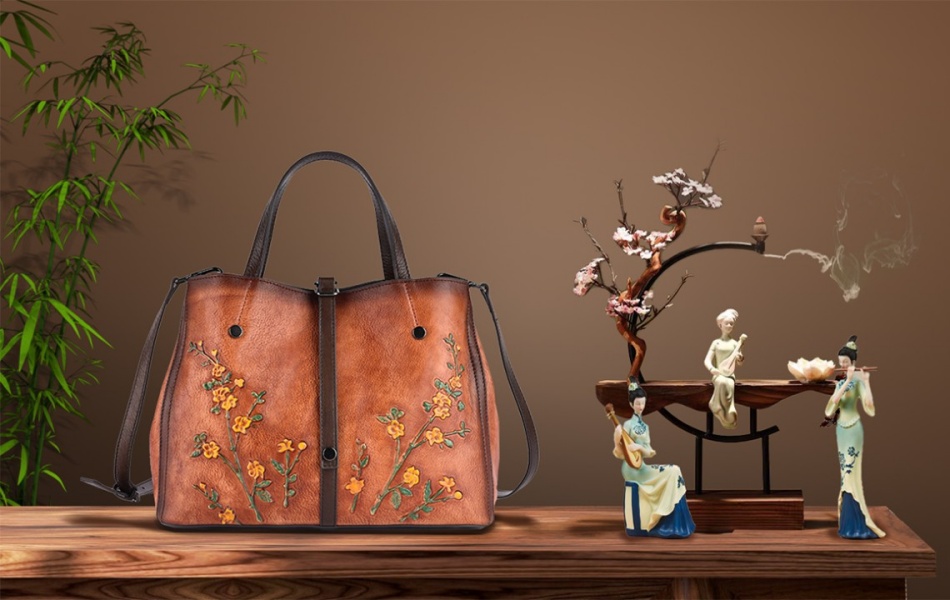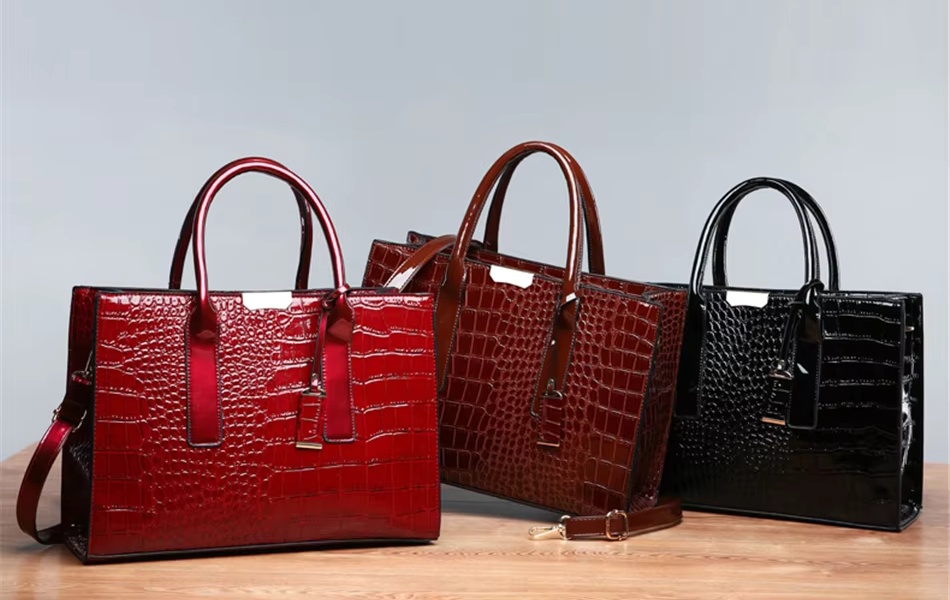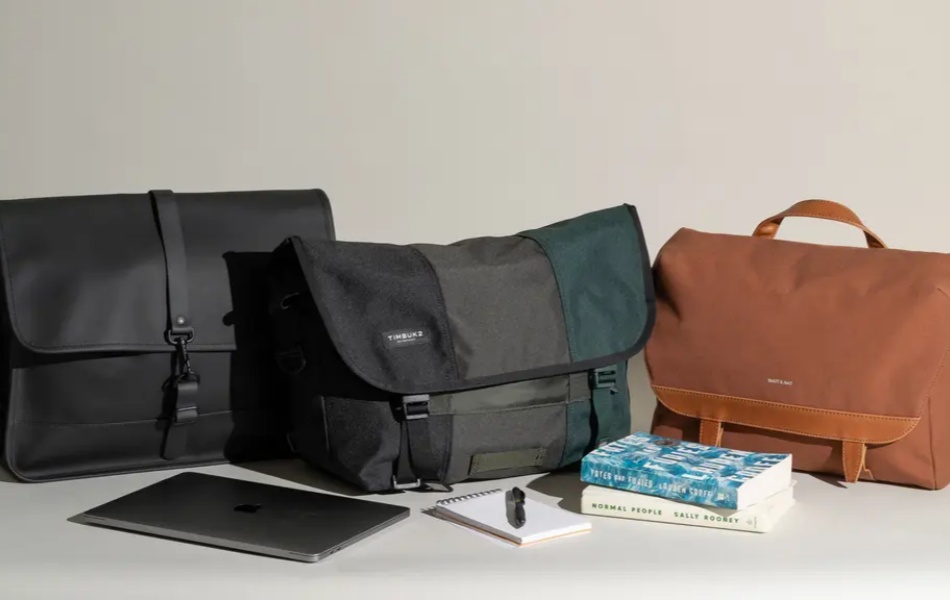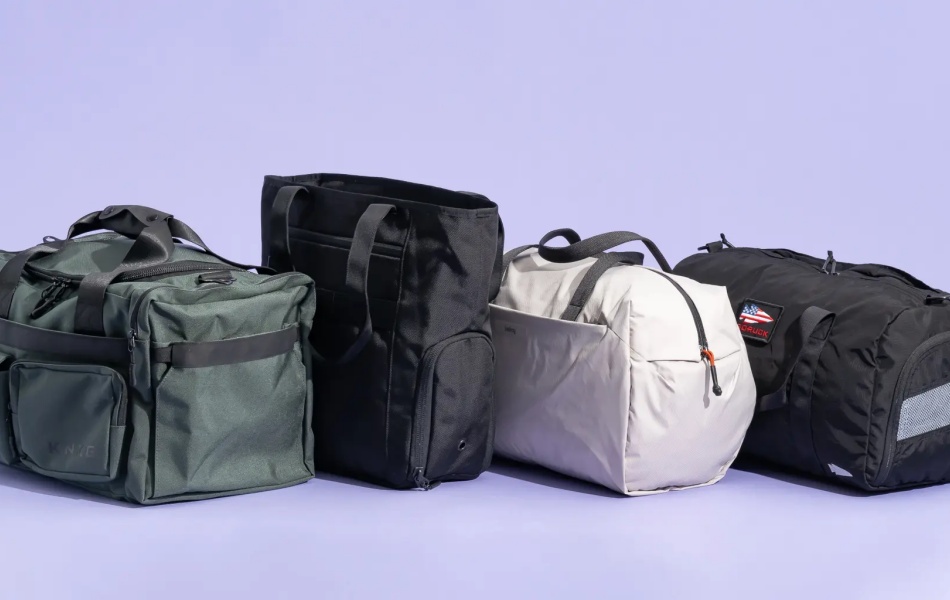- July 8, 2025 54,698 views

First and foremost, pay attention to the materials used in the handbag’s construction. Many eco-friendly designer brands are now utilizing sustainable materials such as organic cotton, recycled leather, and innovative vegan alternatives. Organic cotton is grown without harmful pesticides and chemicals, making it a safer choice for both the environment and the people involved in its production. Recycled leather is made from repurposed materials, reducing the demand for new resources and minimizing waste. Additionally, vegan leather options made from materials like pineapple leaves or apple peels are gaining popularity, offering a cruelty-free alternative that does not compromise on style or durability.
Next, consider the craftsmanship and durability of the handbag. High-quality designer handbags are often made with exceptional attention to detail, ensuring they can withstand daily use while still looking chic. A well-crafted handbag should feature reinforced stitching, sturdy hardware, and a design that allows for easy organization. Investing in a durable handbag means you are less likely to replace it frequently, which ultimately reduces waste and supports a more sustainable approach to fashion.
Aesthetic appeal is another crucial factor when selecting an eco-friendly designer handbag. Fortunately, many brands are now embracing sustainability without sacrificing style. From elegant silhouettes to bold colors and unique patterns, you can find a wide range of eco-friendly options that cater to diverse tastes. Whether you prefer a classic tote, a trendy crossbody, or a sophisticated clutch, there are eco-conscious designs available that will elevate your wardrobe while making a positive impact on the planet.
Price is an important consideration as well. While eco-friendly designer handbags may come with a higher price tag compared to fast fashion alternatives, it is essential to view them as an investment. A quality handbag can last for years, making it a more economical choice in the long run. Additionally, many eco-friendly brands prioritize ethical production practices, ensuring fair wages and safe working conditions for their artisans. By supporting these brands, you are not only making a responsible choice for yourself but also contributing to a more equitable fashion industry.

Finally, research the brand’s commitment to sustainability and transparency. Many eco-friendly designer brands are dedicated to ethical practices, such as using environmentally friendly production methods and sourcing materials responsibly. Look for brands that share their sustainability initiatives and provide information about their supply chain. This level of transparency can help you make an informed decision and feel confident in your purchase.


